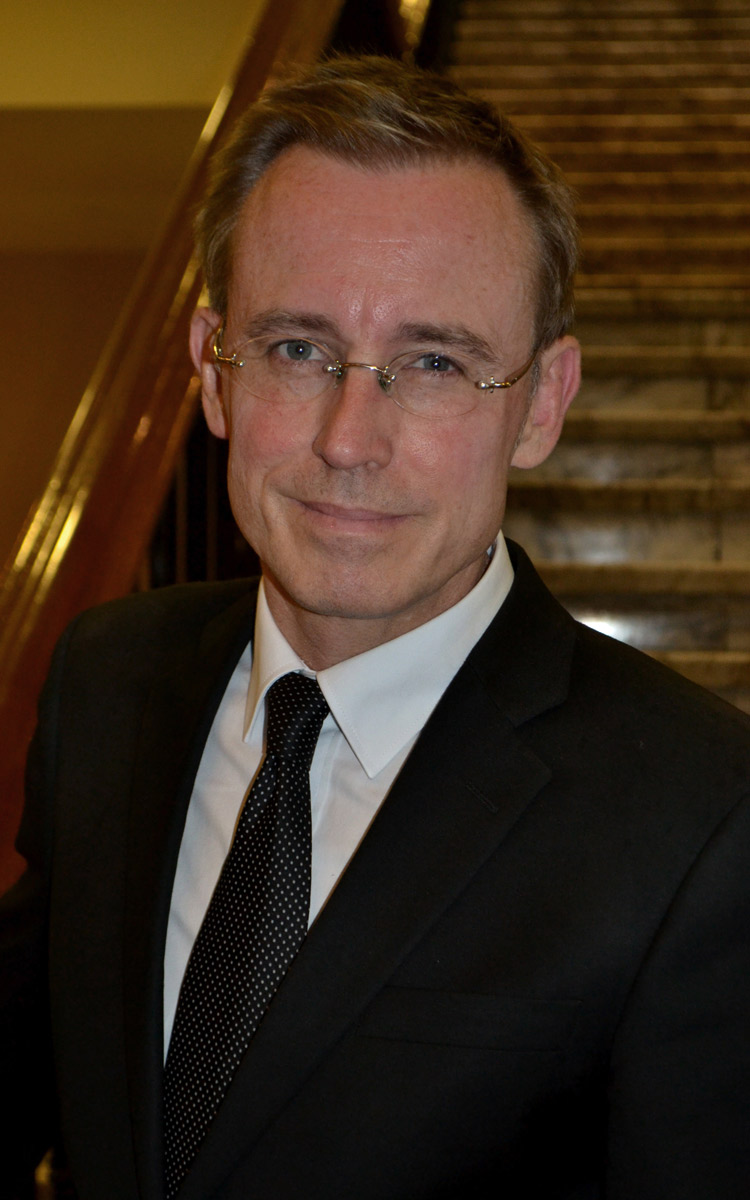City vibrancy under threat without growth boundary: Haese
Lord Mayor Martin Haese says the rejuvenation of Adelaide’s CBD is unsustainable in the long term if urban sprawl is allowed to continue.


"City vibrancy": the opening night of the Garden of Unearthly Delights. Photo: Bension Siebert/InDaily
Weighing into the planning reform debate for the first time, Haese told InDaily that the vibrant city agenda, as well as tourism and public transport growth, was threatened by an increasing dispersion of people to Adelaide’s outer reaches.
“Socially and culturally, Adelaide has come forward in leaps and bounds in recent years, and if we continue to endlessly extend our boundaries as a city … it could challenge the long-term vibrancy of the city,” Haese said.
“The city has trailblazed vibrancy, and we need to sustain it.
“If we keep dispersing our own medium sized population over a growing land area, we’ll just keep challenging everything we’ve … established in recent years.”
Haese credited the city vibrancy agenda with causing a cultural renaissance in Adelaide, and that urban density would sustain it into the long term.
“The city vibrancy agenda underpins everything,” he said.
“What I’m looking to do here is to connect the renaissance of the city of Adelaide with this other parallel discussion about endless urban sprawl.
“It’s not a purely economic … discussion – it’s a discussion about, culturally, what type of city we want to live in.
“Transport costs are rising [and] people are more time conscious.
“If we continue to sprawl endlessly [that] could really challenge vibrancy in the long term, because of travelling times and travelling costs.
“We build closer, more connected societies if we have a higher element of density.
“[Geographically] closer communities are often more connected.
“That just leads to better cultural, if not social outcomes [and] planning is the only mechanism by which that can be achieved.”
Haese said there was little danger of Adelaide becoming an overly dense city in the foreseeable future.
“I’m not suggesting [that] we’re going to resemble a highly dense city like you could compare with many around the world,” he said.
“I’m not suggesting we need to be huge or big, but I don’t think we’re anywhere near that.”
Haese said he agreed with an analysis of the urban growth boundary penned by planner George Giannikodakis in InDaily last week, which suggested there was enough zoned or deferred urban land within the proposed boundary to cater for 25-35 years of growth.
“The evidence suggests that we have … decades of urban infill opportunity in front of us,” said Haese.
“It’s not like we have a dire land shortage looming on our horizon – there is no crisis here.
“There seems to be a growing body of work that suggests this link between density and [poor] housing affordability has been overplayed.
“When you continue to reach out and out, that equates to more roads and more hospitals and more sewerage systems and more public transport.
“Ultimately, everybody pays if that’s the outcome.”
Haese also linked future density was necessary “for the sake of tourism [and] for the sake of having a greater propensity to realise some sustainable transport solutions”.
Late last year, the State Government failed to convince parliament to pass the urban growth boundary feature of its planning reforms, however Planning Minister John Rau has been campaigning this year to convince crossbenchers to revive it.
Developers have expressed opposition to the urban growth boundary idea.
The Property Council and Urban Development Institute of Australia “remain opposed to the inclusion of a statutory urban growth boundary, due to the inflexibility of such a mechanism to respond to future demographic and economic changes”.





